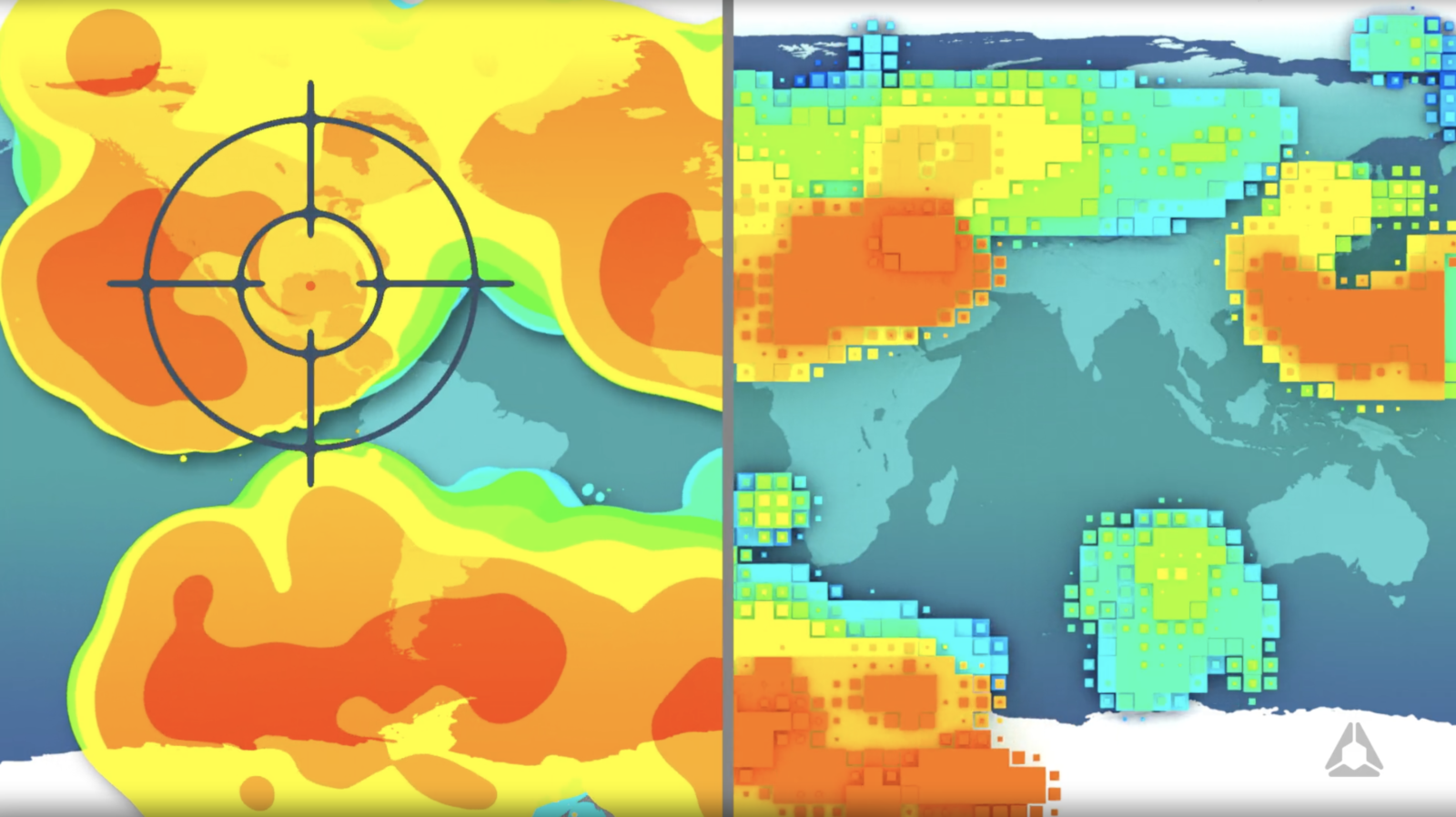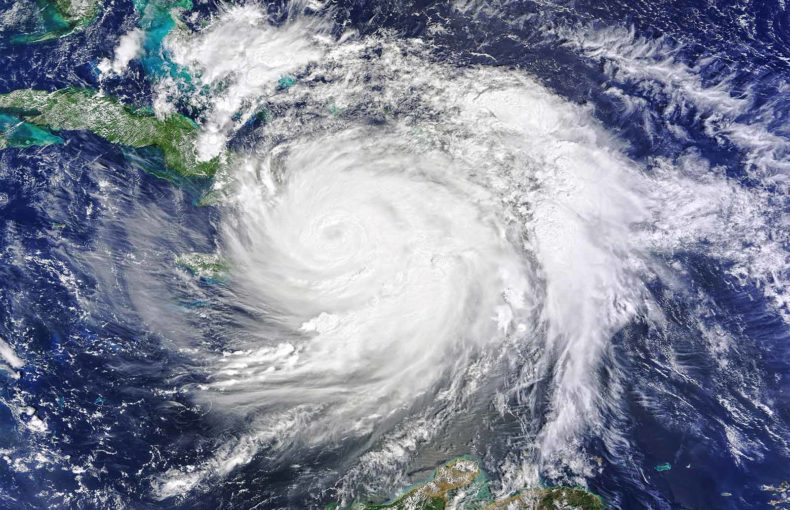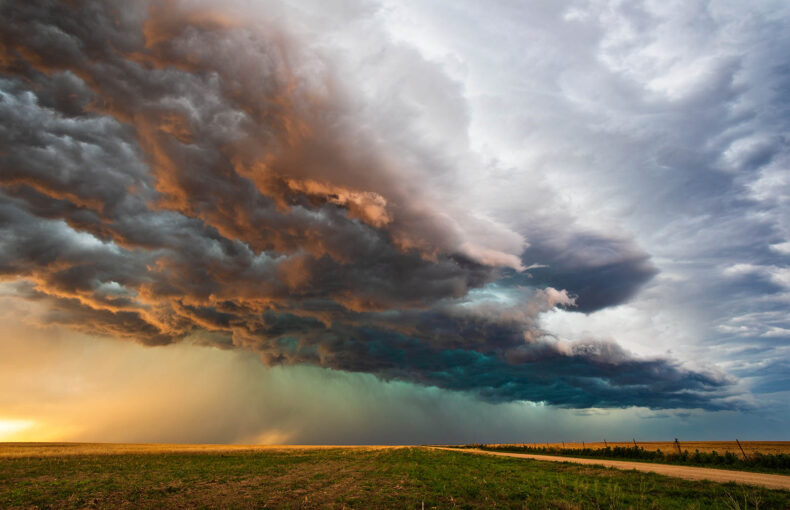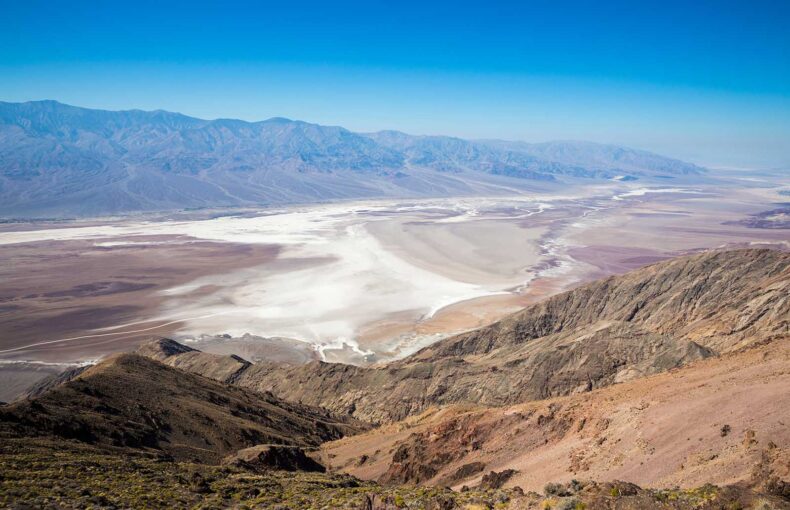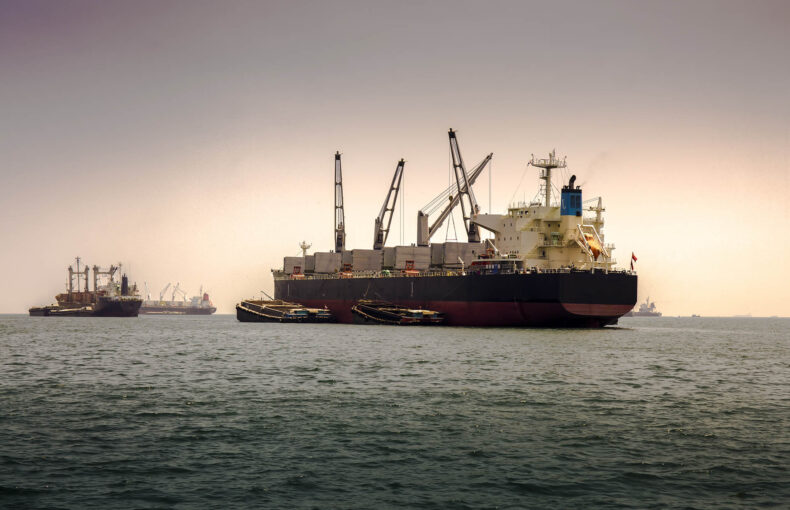Ahead of the curve
An elegant measurement called radio occultation captures precise atmospheric data that helps reduce errors in weather forecasting.
In 1965, scientists used an ingenious technique to calculate the temperature and pressure on Mars. Instead of sending a thermometer tens of millions of kilometers away, they measured changes in the radio signals that the spacecraft Mariner IV transmitted as it traveled behind the planet. The experts knew the signals would bend slightly as they passed through Mars’ atmosphere. So after the signals completed their journey back to Earth, the scientists worked their way backward. They studied the signals to determine the degree of the bend and then used the bend measurement to discover the atmospheric conditions.
The measurement, known as radio occultation, was a success. It worked so well that radio astronomers were quick to use it to study planets across our solar system. Now, 55 years later, this remote sensing technique is routinely used to enhance weather forecasts on Earth. Satellites in low-Earth orbit continuously make radio occultation measurements, creating a detailed profile of our atmosphere’s temperature, pressure, and humidity. The soundings, as the measurements are known, offer a powerful combination of worldwide coverage and high vertical resolution. They are also unbiased and promise long-term data continuity.
Leading weather institutions agree that data from these soundings can help boost the accuracy of weather forecasts. That’s good news for all of us. Better predictions translate into earlier storm warnings, more efficient route planning, optimized agricultural practices, and a whole catalog of other beneficial outcomes. This space-age measurement has real-world impacts.
“Many years of experience has shown that radio occultation improves the skill of global weather prediction for several reasons,” said Dr. Alexander MacDonald, a Spire Global advisor with over 40 years of experience at the National Oceanic and Atmospheric Administration. “First, it has high detail in the vertical, second, it is a more accurate measure of temperature in the middle part of the atmosphere than any other satellite sensor, and third, it has excellent coverage over the whole Earth.”
This space-age measurement has real-world impacts.
Share on Facebook Share on Twitter Share on LinkedIn
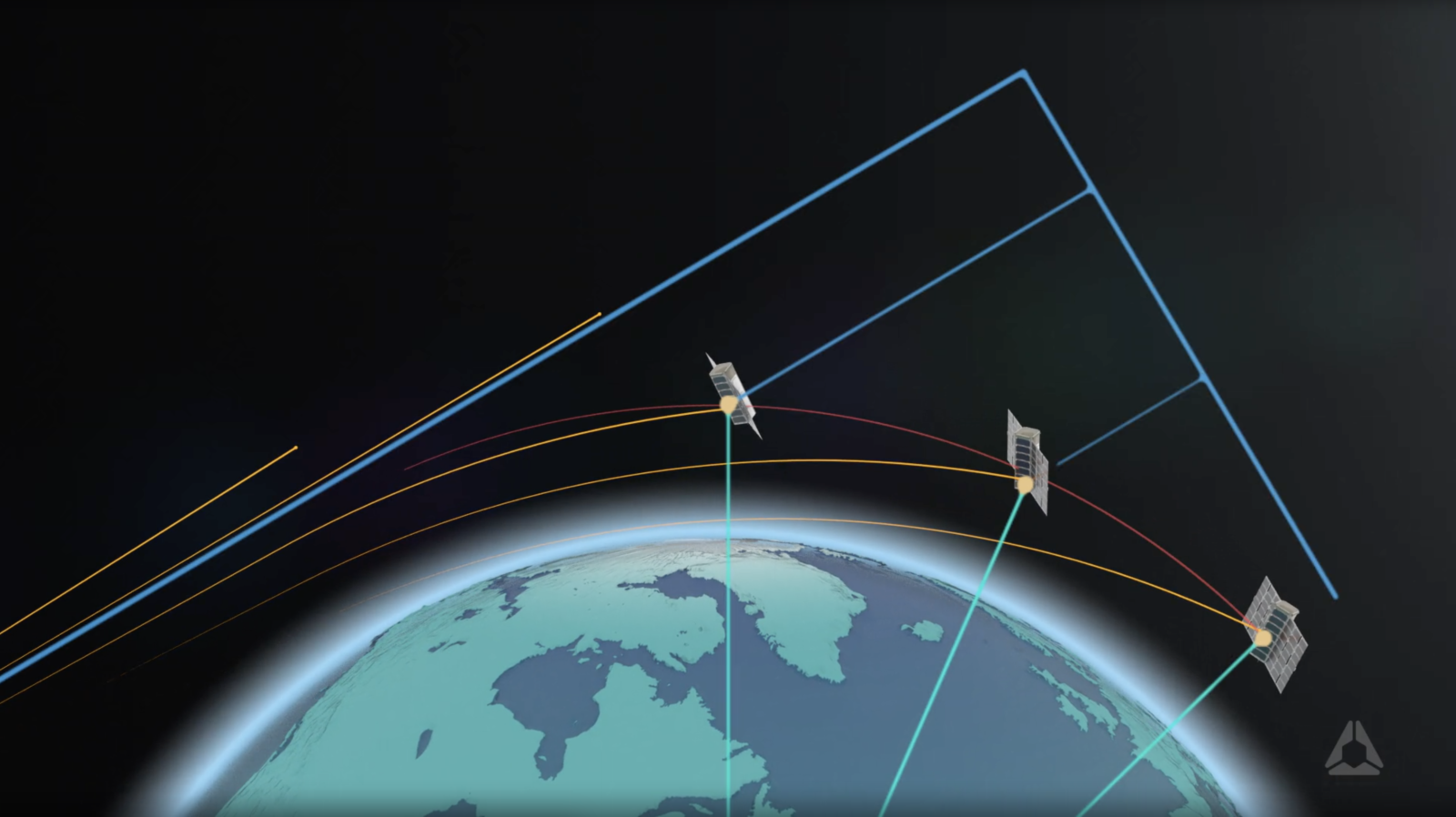
Scientists did not initially plan for Mariner IV to conduct a groundbreaking planetary radio occultation experiment, NASA reported. It was a late addition to the mission that turned out serendipitously. The measurement took advantage of a predictable relationship between the characteristics of a medium and how much a signal refracts when it passes through the medium. Imagine light traveling through a prism. In the case of radio occultation, the degree of refraction depends on atmospheric properties.
Experts knew radio occultation measurements were possible before they could put them into practice. Making soundings on Mars required interplanetary space probes and precise satellite tracking technology. Doing so on Earth required yet another technological development: the emergence of the Global Positioning System and other Global Navigation Satellite Systems.
As GPS and GNSS signals bend in the atmosphere, their journeys change, causing time delays when they reach satellites. Spire’s constellation of nanosatellites takes advantage of this phenomenon to make radio occultation soundings. The devices register the signals’ time delays, which point to the degree of refraction, and ultimately reveal detailed information about temperature, pressure, and humidity.
“The beautiful thing about radio occultation is its simplicity. You’re just measuring these timing differences. It’s so elegant,” said Mike Kay, engineering lead at Spire Weather. It is also reliable.
Each sounding measures a vertical band of the atmosphere of about 100 meters. As a satellite orbits the planet, it continues to take soundings, measuring layer after layer, building up a highly detailed vertical profile of conditions. By using this technique with many satellites, Spire produces globally distributed data collected from the Earth’s surface into the stratosphere. All told, Spire currently collects 10,000 radio occultation soundings a day, and it plans to increase that number.
A benefit of remote sensing with such broad coverage is that it fills in observational gaps left by other data collection methods. It simply is not practical to build a weather monitoring station in the middle of the Sahara desert or launch weather balloons all across the Pacific Ocean. But it is comparatively straightforward to observe these far-flung locations with radio occultation.
“Many years of experience has shown that radio occultation improves the skill of global weather prediction for several reasons,”
Share on Facebook Share on Twitter Share on LinkedIn
“The key thing about the radio occultation data is it’s an unbiased measurement with very little error. You get this ubiquitous and precise monitoring at a scale that you could never get from traditional observations like radiosondes,” Kay said, using the technical term for weather balloons.
All of these characteristics make radio occultation a valuable addition to weather modeling. To generate forecasts, meteorologists enter their best estimation of current conditions into weather models that run complex equations to predict future events. It is said that forecasts are only as good as the data entered into a weather model.
“The type of improvement we see from assimilating upwards of 10,000 radio occultation measurements a day is equivalent to about one-and-a-half to two-and-a-half years of model development work,” said Dusanka Zupanski, who leads Spire’s Numerical Weather Prediction data assimilation team.
The European Centre for Medium-Range Weather Forecasts identified radio occultation as one of the top five data sources for reducing forecasting error. The United Kingdom’s Met Office saw improvements by incorporating Spire’s radio occultation data. And PredictWind, a company that provides the sporting and leisure maritime community with high-quality forecasts, uses Spire’s data to boost its weather predictions at sea.
Improving forecasts will have a powerful impact on society, particularly when it comes to tracking extreme weather. With early and reliable warnings, authorities are better able to evacuate at-risk communities and plan resource allocation. The need could not be more pressing: 2020 will be the sixth year in a row that the United States experienced ten or more billion-dollar weather and climate disasters, according to NOAA.
There are commercial benefits, too. Enhancing weather predictions will help airline and shipping organizations hone route planning, promising lower costs and reduced fuel consumption. The agricultural industry will be able to boost crop yields and prepare for storms, droughts, and frosts. And energy companies can optimize the production of renewable power. These and other industries can all look forward to future gains as weather forecasting advances.
One of the major benefits of radio occultation is that collecting more data to improve forecasts is relatively cost-effective and quick once the foundational system is in place. Spire, for example, can build and launch satellites in as little as six months. Once satellites are operational, Spire can further enhance their efficiency through software updates. The goal is to grow from 10,000 to 100,000 radio occultation measurements a day, taking advantage of the full potential of signals and satellite technology, just like scientists did 55 years ago with Mariner IV.
Spire also uses its small satellites to collect detailed data about the environment from the planet’s surface into the stratosphere.
